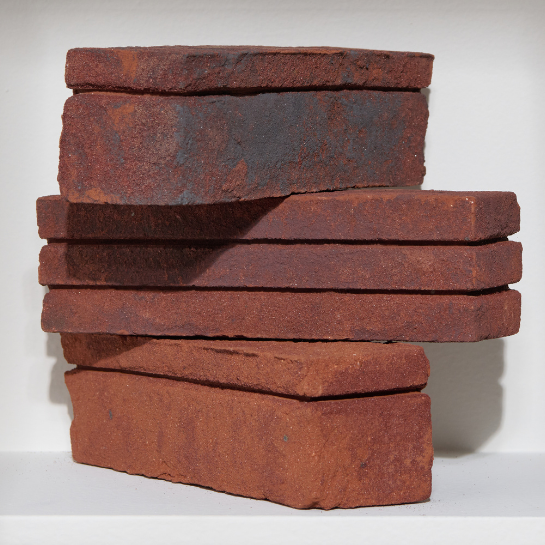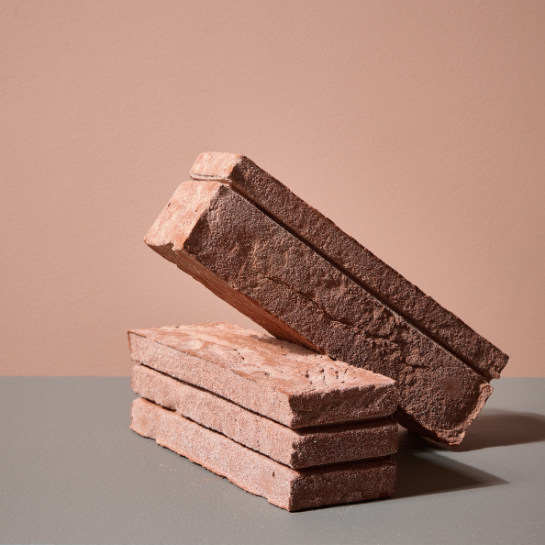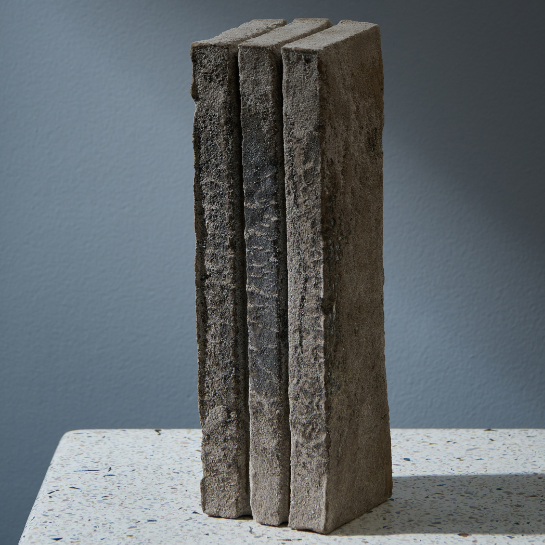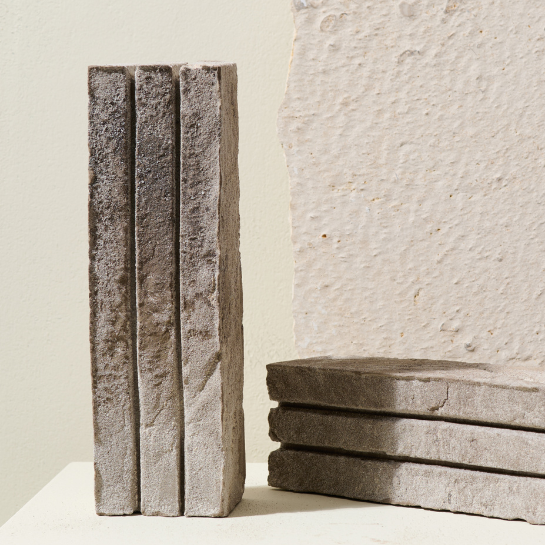Colortrend: The Essentialist

The comeback of the 90s has been peaking for a few years now. Yet, in 2022, another aspect of the nineties joins us again: minimalism. The once groundbreaking furniture of Jasper Morrison and Maarten Van Severen, for instance, feels fresh and recent again. This new wave of minimalism didn’t just appear out of nowhere. In times of crisis, we tend to go back to the core of things. In this case, the core of good design: functional, no nonsense furniture that’s often produced in series, which makes it more accessible than high end design. On top of that, the gender neutral and culturally neutral character of minimalism lies in line with the spirit of the times. Objects in The Resident may look hyper neutral, whereas in The Essentialist they remain completely anonymous. In other words, this is an anti-trend to The Resident.

And yet, this trend isn’t just a revival of the nineties. First and foremost, the materials are more ecological than before – at least partially recycled or recyclable. In our search for simplicity, we have also developed a taste for objects that are made with just one material. That’s why, in metal objects, there’s a game of contrasts between sharp and round, flat and massive. Various kinds of concrete and composites will also be freely connected with each other.

The aesthetics of airports, offices and archives are an interesting influence in this new minimalism, with clean materials and light furniture that can be rolled or folded up – an example of the focus on the essence of things. We also see many shades of gray that connect to that focus, a subtle palette that becomes innovative through the many nuances. Then again, the colors are more sophisticated than in the minimalism of the nineties. Today, all gradations of transparency and various transparent materials are used: glass, textiles and plastics.

